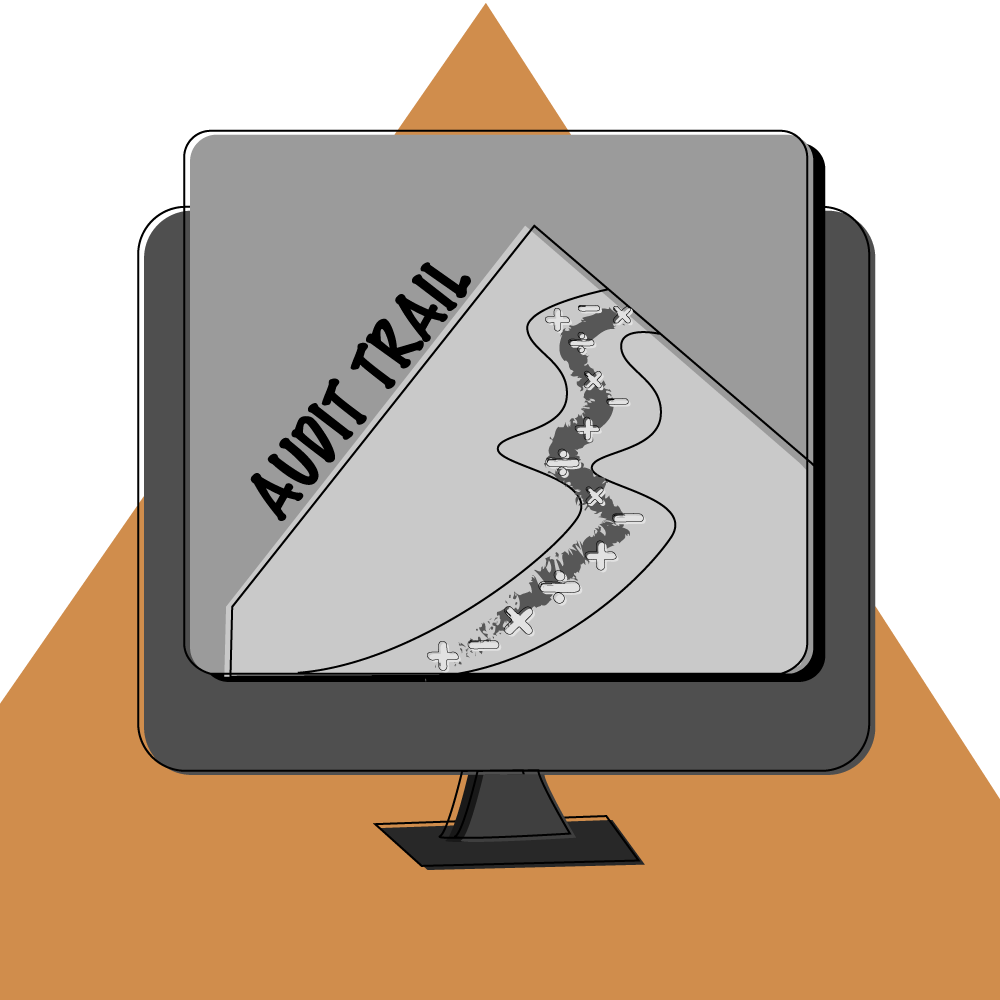(Audit) Trails and Tribulations

The Notification
In March 2021, the Ministry of Corporate Affairs (MCA) notified the Companies (Audit and Auditors) amendment Rules 2021 which amended the Companies (Accounts) Rules 2014. Through this notification, the concept of audit trail was introduced. The amendment, which was to be effective from 1st April 2021, deferred and eventually became effective from 1st April 2023.
Therefore, on and from 1st April 2023, all companies using accounting software for maintaining its book of accounts shall use only such software that has a feature of audit trail. An insight into the same.
All about audit trail
Meaning
An Audit trail means maintaining a record of every accounting transaction made from the date of its creation i.e, entry into the books of account and includes details of any modification, change, update, and deletion of accounting entries along with the date when they were made. It is a step-by-step record of all accounts being maintained by the company. Once commenced, the audit trail must be continuously operational.
Applicability
- The audit trail becomes effective from 1st April 2023.
- It shall be applicable to ALL types of companies including listed and unlisted private companies, public companies, Section 8 companies, small companies, OPCs, Nidhi companies, Producer companies.
- The notification mentions audit trail as being applicable to all companies. Hence it is interpreted that it is not applicable to sole proprietorships, Partnership firms, LLPs.
The modus operandi
The audit trail will cover every aspect of every single accounting transaction:
- What is the nature of transaction or accounting entries that are recorded.
- Who created the transaction and all people (through user IDs) who have edited, updated backed up or deleted the transactions;
- When such entries as stated above was made (in the form of time stamp).
- Where such transactions were entered or recorded – the location using technology (IP address, websites etc)
Simply put, the audit trail will record details of the person, date, and time of when the accounting entries were created, modified, or deleted.
Responsibility
Management / Board of Directors: The primary responsibility rests on the Management / the Board of directors of companies to ensure the effective implementation of audit trail in their accounting software. This should be a continuous process which shall not be disabled at any point.
Auditors: the auditors of the company shall be responsible to check whether the audit trail has been built into the book-keeping system of their client companies. They shall review the same in course of audit. Further, they shall report on the same in their audit report.
Place, Mode, and time
The audit trail shall be built into the accounting software / system at the place where the books of accounts are kept and maintained – either at the company’s office, in India or outside. It can be maintained either physically or through specific software or on cloud mode. Section 125(8) of the Companies Act 2013 read with The Companies (Accounts) Rules 2014 states that the books of accounts shall be preserved for a minimum of 8 years. Hence it can be interpreted the same applied to the audit trail as well.
Purpose/objective
An audit trail maintains a record of how financial information (that eventually culminates as accounting entries in the books of account) are being created, modified, updated or deleted. The main objective / purpose of putting of the audit trail is to prevent errors and detect and prevent fraud.
Advantages of incorporating audit trail
- Transparency and accountability in maintaining books of accounts: the audit trail contains details of the transactions, along with when, how and who created , recorded, modified, updated and or deleted them. This transparency leads to better and increased accountability and minimises error.
- Efficiency in maintaining books of accounts: The audit trail can make it easier to identify and resolve issue or transactions with areas of concern. This could speed up the process of finalizing the accounts while ensuring correct figures.
- Mitigates fraud and error: since it is easy to identify who initiate or modified a transaction, rick of fraudulent entries is mitigated. This will only increase credibility of the company with its stakeholders.
- Record of historical transactions: the requirement of maintaining audit trail feature along with maintaining books of accounts (for a minimum period of 8 years) means it is possible to trace back the history of every accounting transaction.
Disadvantages of incorporating audit trail
- Increased cost: with all companies requiring implementing the audit trail, it may become financially burdensome for smaller companies and start-ups to maintain such audit trail. In larger companies, the sheer volume of transactions could make it unviable to monitor and maintain the trail.
- Threat of online manipulation: Financial data could be manipulated for those who are technologically sound and can manipulate the trail online. This may defeat the very objective of installing an audit trail.
- Hardware and software concerns: incorporating an audit trail into periodic accounting and book- keeping will require enhanced computer systems – hardware and software. Besides increasing the administrative costs, companies with large volumes of transactions could ensure technical glitches in the systems as they may slow down.
Sum and substance
The government notification of incorporating the audit trail in maintenance of books of accounts, financial transactions is a step towards tightening compliance to prevent fraud and ensure transparency and accountability.

